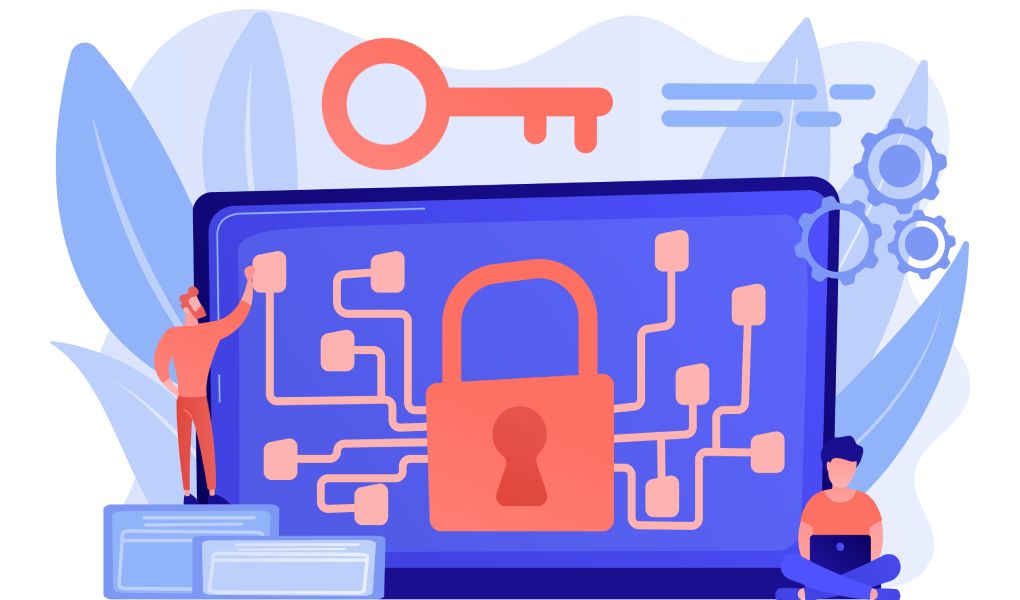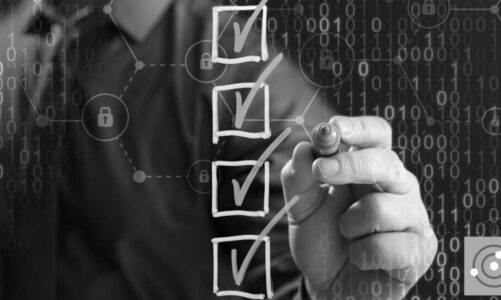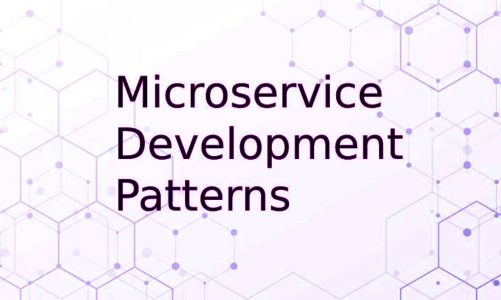Protect Sensitive Data
Organizational measures to protect confidential information begins with developing regulations for users’ work with the information system and information in it. Access rules are created by our specialists together with the management of the enterprise, the security service.
Levels of legal and organizational data protection are informal means of protecting information. In addition to administrative (executive) regulations and legislative (legal) norms, moral and ethical rules can be included here. Our task at the organizational level is to prevent and make impossible damage or leakage of data due to negligence, negligence or negligence of personnel.
The solution to the task is achieved through a set of administrative and technical measures:
- differentiation and implementation of access rights to confidential information;
- protection of meeting rooms and management offices from wiretapping;
- Registration of the service of requests for access to information resources (internal and external);
- We are obtaining and training in working with electronic digital signatures (EDS).
Technical Protection Of Confidential Information
The physical, hardware, software, and cryptographic layers of sensitive data protection are proper tools. It’s software and hardware.
The physical method involves maintaining the operation of mechanisms that are an obstacle to access to data outside the information channels: locks, video cameras, motion/radiation sensors, etc. This equipment operates independently of information systems but restricts access to information carriers.
Security hardware is all devices mounted in telecommunications or information systems: special computers, servers and networks of the organization, employee control system, noise generators, any equipment that blocks possible leak channels and detects “holes”, etc.
Software tools are a comprehensive solution designed to ensure safe operation (for example, DLP and SIEM systems that block possible data leakage and analyze real alarms from devices and applications of a network nature):
- DLP (Data Leak Prevention) – means to prevent data leakage, modify information, redirect information flows;
- SIEM (Security Information and Event Management) – real-time analysis of threat signals, data logging, and reporting. Applications, devices, and software represent SIEM.
Cryptographic (mathematical) protection allows you to exchange data in global or corporate networks securely. Mathematically transformed, encrypted channels are considered optimally secure. But no one can guarantee one hundred percent protection!
Cryptography (encryption) of data is considered one of the most reliable ways – the technology preserves the information, not just access to it. Encryption tools protect physical and virtual media, files and directories (folders), and servers.
Means of cryptographic protection of confidential information require the introduction of a software and hardware complex:
- using crypto providers (encryption software components);
- VPN organization;
- the use of means of formation, control and use of EDS.
When implementing data encryption systems, you should consider their compatibility with other systems (including external ones).
Technical protection of confidential information in the organization requires certification – a set of organizational and other measures sufficient for safe work with personal data. Certification is based on the requirements and recommendations of FSTEC and is used for protected premises and automated systems.
Lack or insufficient attention to one of the components of protecting confidential information in the enterprise can result in the fact that internal data will be the property of fraudsters. To ensure information security, it is always necessary to use comprehensive measures that consider the diversity of protection methods.
Also Read: The Life Cycle Of The Best Software For Project Management



